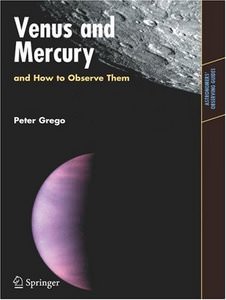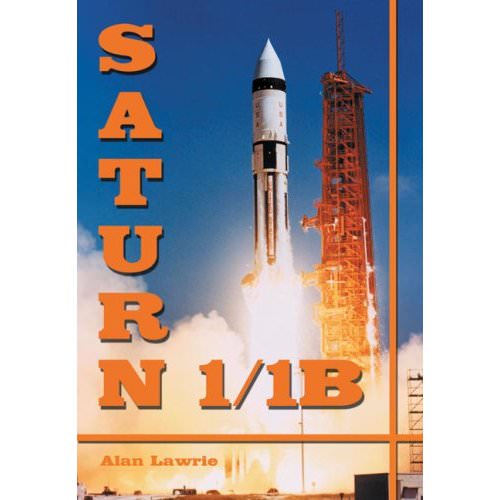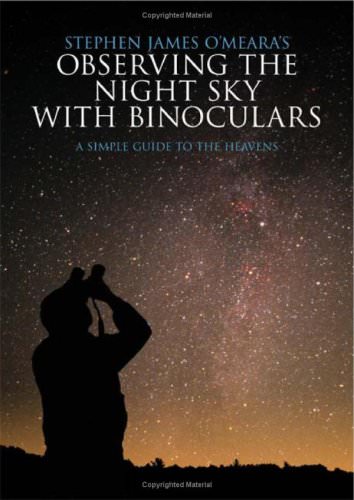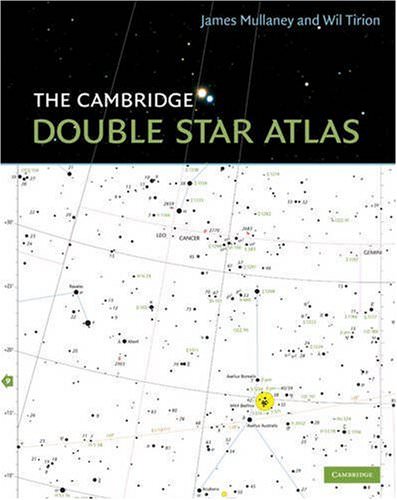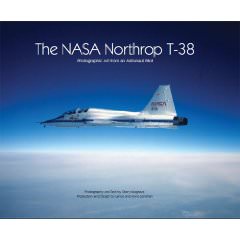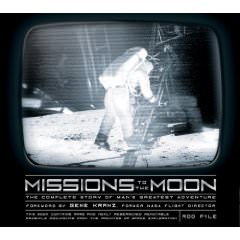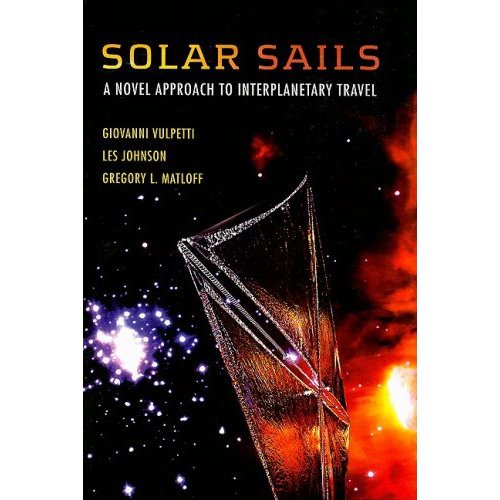[/caption]
Have you ever been inspired by the two planets Mercury and Venus? If so, Peter Grego’s book “Venus and Mercury and How to Observe Them” brings to us much of what we’ve learned about them and much of how each of us can learn some more.
Mercury and Venus are the two planets closer to the Sun than Earth. Because of this, they always appear in close proximity in the sky to the Sun. Bright Venus is easily seen when it’s present. Mercury, being quite duller and at best much closer to the horizon is much harder to see. And seeing it as a dot isn’t seeing anything spectacular. In fact, neither planet provides details, even to a viewer using a telescope. But, that doesn’t mean your planetary inspiration should die.
Instead satiate yourself with this book. It provides a number of useful angles for learning more about these two planets. Effectively, it has two parts for each planet. The first part presents our current knowledge. This includes, for example, the atmosphere, complete composition, morphology and magnetic field. Even though technically very thorough, these sections beg the question, so what? After all, unless we have our own satellite, we will never see to this level of detail. The second part answers the, “so what” as it gives tips on viewing them. For this, it has it has a well detailed listing of surface features, each numbered and located on nearby maps. Altogether then, the sections of this book do provide the reader with great amounts of information regarding Mercury and Venus.
As well, common astronomical lore gets inserted amidst the second part of the book. That is, in addition to discussing sky charts and drawing blanks, it recommends binoculars and telescopes, describes challenges to viewing (e.g. saccades), and gives lots of suggestions such as the ever present caution not to look at the Sun. This part of the book, on its own, fully meets the title’s objective on how to observe these two planets. Thus, it’s up to you to decide if you want to pay for the excellent but not necessarily applicable discussions of topics that will never be observable from your personal telescope.
In all, this book would wonderfully grace an intermediate amateur astronomer’s book shelf. It’s got great references for when the skies oblige by being dark and cloud free. And, it’s got plenty of related reading material for other times. There’s a bit of neglect in the proofreading, as sentence structures often are in error. But, the amount of information, especially the large amount that came first hand from the author, makes the book a real treat.
Should the sparkling beauty of Venus or the mystery of Mercury beckon you, heed their call and take to the stars. With Peter Grego’s book “Venus and Mercury and How to Observe Them“, you will have no problem in viewing these two wandering planets and in knowing what’s behind the fuzzy object shown in the lens.

